There are seven main types of paprika, each with distinct flavors, origins, and culinary uses. This guide covers all varieties, including how to choose, store, and use them effectively in your cooking.
Table of Contents
A Brief Introduction to Paprika
Paprika is made from dried and ground sweet bell peppers and sometimes chili peppers. Originating from Central and Eastern Europe, this spice adds more than just color — it brings depth, warmth, and complexity to dishes. The flavor can range from mild and sweet to smoky and spicy, depending on the type.
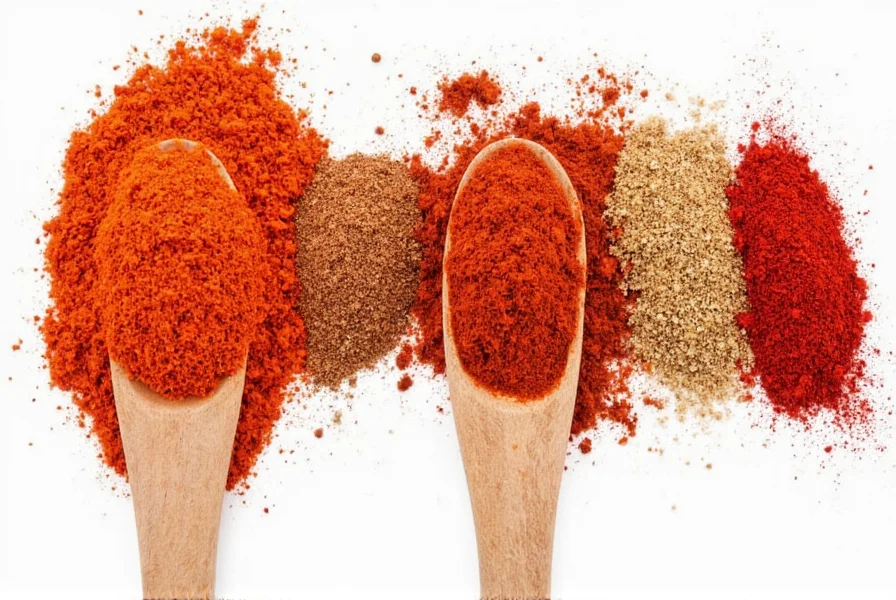
7 Different Kinds of Paprika
Here's a quick guide to the most popular types:
| Type | Flavor Profile | Origin | Best For |
|---|---|---|---|
| Sweet Paprika | Mild, slightly sweet, earthy | Hungary, Spain | Garnishing, light seasoning |
| Smoked Paprika (Pimentón) | Smoky, deep, woody | Spain | Grilled meats, stews, soups |
| Hot Paprika | Spicy, with heat from chili peppers | Hungary | Spicy dishes like goulash |
| Sweet Hungarian Paprika | Classic sweet with floral notes | Hungary | Traditional Hungarian cuisine |
| Capsicum Powder | Bright red, similar to cayenne | India, Australia | Curries, chutneys |
| American Paprika | Mild, mostly color-focused | USA | Sauces, deviled eggs, salads |
| Rose Paprika | Mild, aromatic, delicate flavor | Hungary | Delicately flavored dishes |
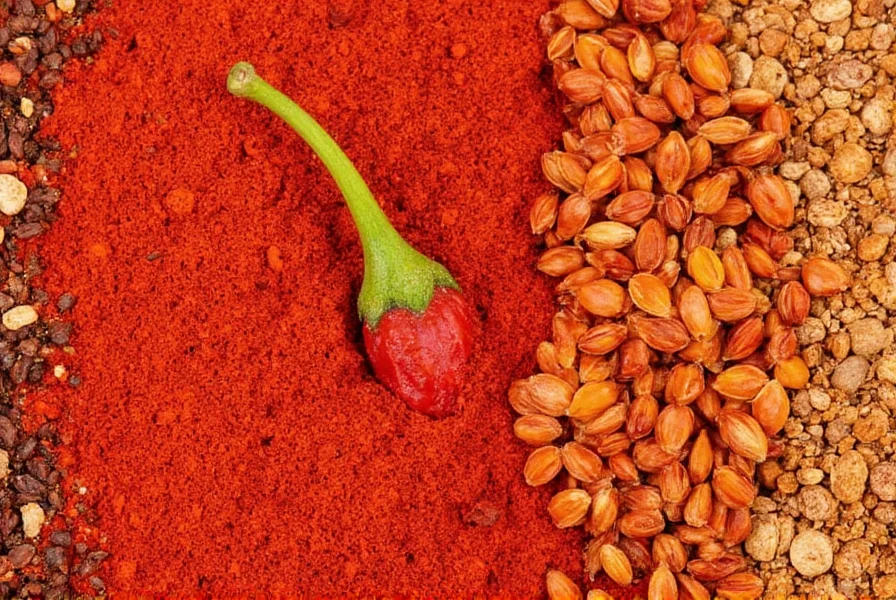
1. Sweet Paprika – The Flavorful Classic
If you want a gentle kick without the burn, sweet paprika is your go-to. Made from mild red peppers, it brings a warm, sweet undertone to dishes. This is what most people think of when they hear "paprika" — that reddish powder often sprinkled on top of mashed potatoes or deviled eggs.
2. Smoked Paprika (Pimentón) – The Charred Wonder
This is the paprika that gives paella its soul and grilled chicken its allure. Made by smoking dried peppers over oak fires, it comes in sweet, bittersweet, and hot varieties. If you want to add campfire vibes to your food, this is your best bet.
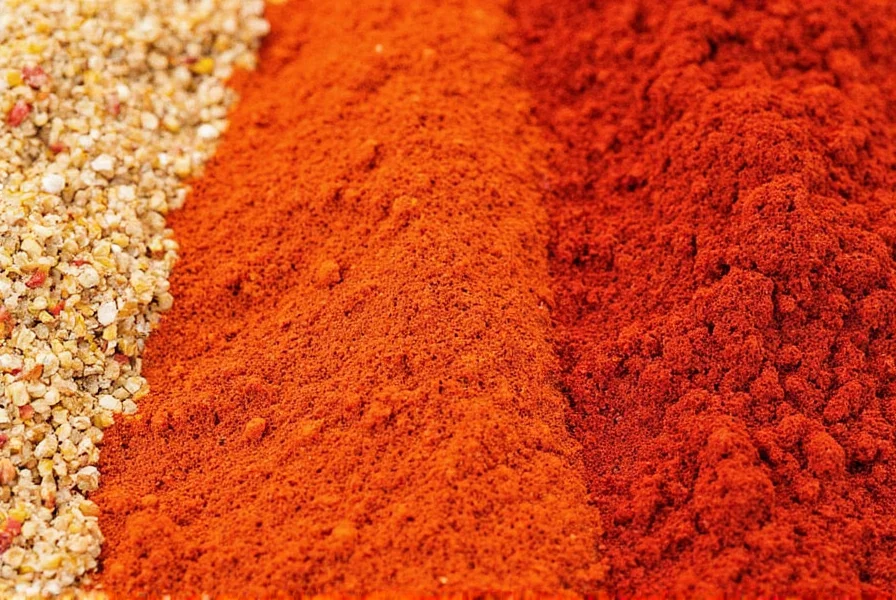
3. Hot Paprika – The Firestarter
This version packs a punch thanks to the inclusion of hotter pepper varieties. Hungarian hot paprika, in particular, is legendary. Perfect for adding some zing to stews and hearty meat dishes, it's not for the faint-hearted.
4. Sweet Hungarian Paprika – The Royal Spice
The pride of Hungary, this is considered the gold standard. Used in iconic dishes like goulash and chicken paprikash, it balances sweetness and depth beautifully. It's often labeled as "noble," which refers to its high quality and rich flavor profile.
5. Capsicum Powder – The International Cousin
In many parts of the world, especially India and Australia, paprika is referred to as capsicum powder. It tends to be spicier and less sweet than European versions. Great for curries, marinades, and even rubs for barbecue.
6. American Paprika – The Colorist
This is more about visual appeal than intense flavor. Often used in processed foods, American paprika has a mild taste but adds a brilliant red hue to sauces, dips, and garnishes. Think deviled eggs, macaroni salad, and taco seasoning blends.
7. Rose Paprika – The Delicate One
Named for its beautiful rosy hue, this paprika is incredibly mild and fragrant. It's perfect for finishing dishes where subtlety is key, such as creamy sauces, seafood, and vegetable medleys.
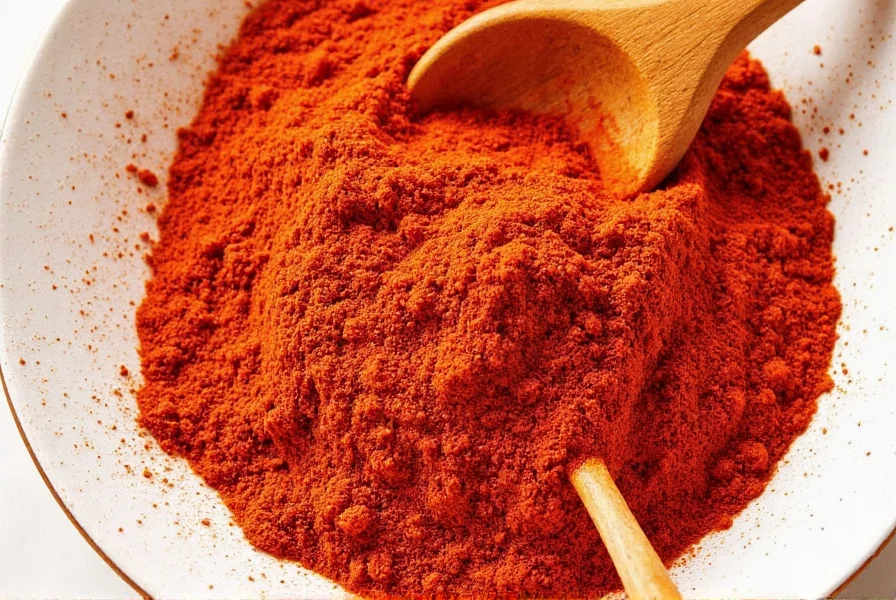
How to Use Each Type Like a Pro
Each kind of paprika has its own unique personality — here's how to make them shine in your kitchen:
- Sweet Paprika: Sprinkle on potato salad, deviled eggs, or mix into mayonnaise for a colorful dip.
- Smoked Paprika: Rub onto ribs before grilling, stir into tomato sauce for extra depth, or add to hummus for a smoky twist.
- Hot Paprika: Mix into chili oil for a fiery drizzle, season sausages, or blend into barbecue sauce.
- Sweet Hungarian Paprika: Use generously in traditional dishes like goulash, paprikash, and stuffed peppers.
- Capsicum Powder: Add to Indian curries, lentil dishes, or spice up rice pilaf.
- American Paprika: Toss into egg salad, sprinkle over popcorn, or mix into ketchup for burger sauce.
- Rose Paprika: Lightly dust over seafood pasta, sprinkle on buttered corn, or whisk into cream for a delicate sauce.
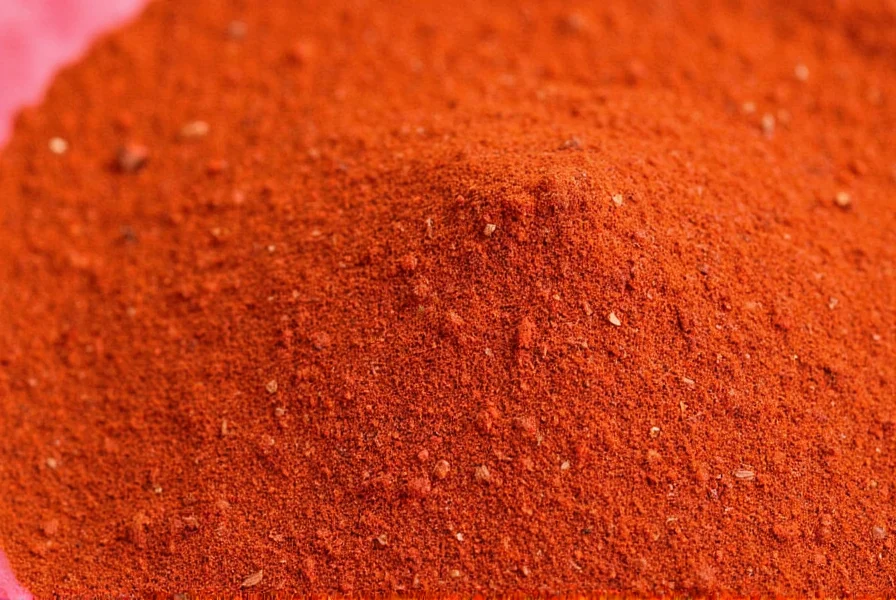
Buying Guide: Choosing the Right Paprika for You
With so many options out there, how do you pick the right one? Let's break it down:
Key Features to Look For:
- Origin: Authentic paprika from Hungary (like Édesnemes) or Spain (La Vera) usually guarantees better flavor.
- Label: Check if it's labeled as "sweet," "smoked," or "hot." Avoid vague descriptions like "paprika" without qualifiers.
- Packaging: Opt for airtight containers or vacuum-sealed bags to preserve freshness and aroma.
- Color: True paprika should be a vibrant red-orange; dull colors indicate old stock.
Top Picks & Their Best Uses
| Product | Features | Advantages | Use Cases | Occasions |
|---|---|---|---|---|
| McCormick Sweet Hungarian Paprika | Classic flavor, easy availability | Consistent taste, affordable | Goulash, paprikash, roasted veggies | Everyday cooking, family dinners |
| La Dalia Smoked Paprika (Pimentón de La Vera) | Natural wood smoke, deep flavor | High-quality Spanish product | Paella, grilled meats, stews | Dinner parties, gourmet dishes |
| Penzeys Hungarian Hot Paprika | Bold, spicy, vibrant color | Superior heat and flavor | Spicy goulash, sausage, chili | Game nights, bold-flavor cravings |
| Oaktown Spice Shop Rose Paprika | Delicate, aromatic, soft pink | Great for subtle dishes | Fish, shellfish, cream sauces | Dinner dates, refined palates |
| Simply Organic Smoked Paprika | Organic, fair trade certified | Eco-friendly choice | Vegan dishes, beans, tofu | Health-focused meals |
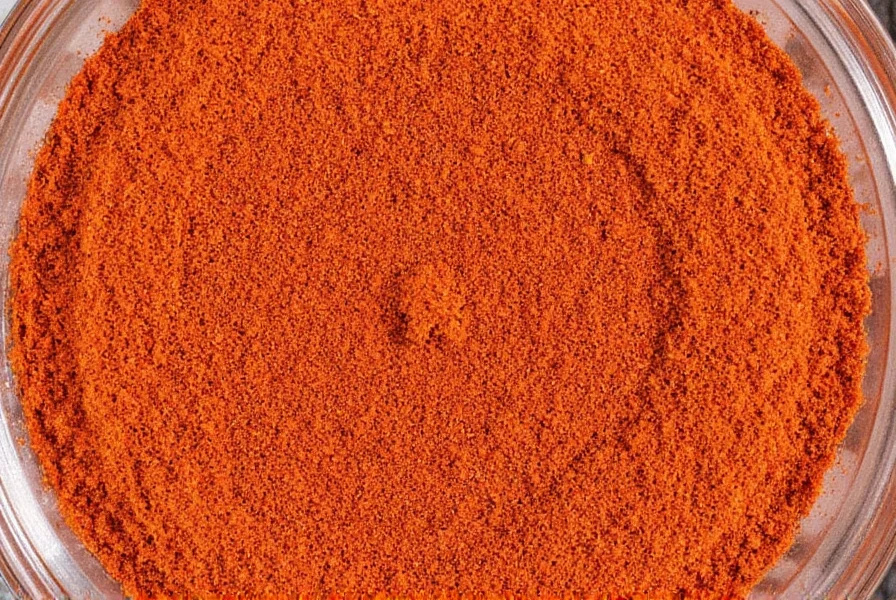
Proper Storage Tips
Like all spices, paprika needs love to keep it fresh and potent. Here's how to store it properly:
- Keep it Cool: Store away from heat sources like the stove or oven.
- Darkness is Key: Use an opaque container or keep it in a closed cabinet to protect it from sunlight.
- Air-Tight Containers: Oxygen degrades spices — seal them well after every use.
- Don't Keep It Forever: Ground paprika lasts about 2–3 years, but potency diminishes over time.
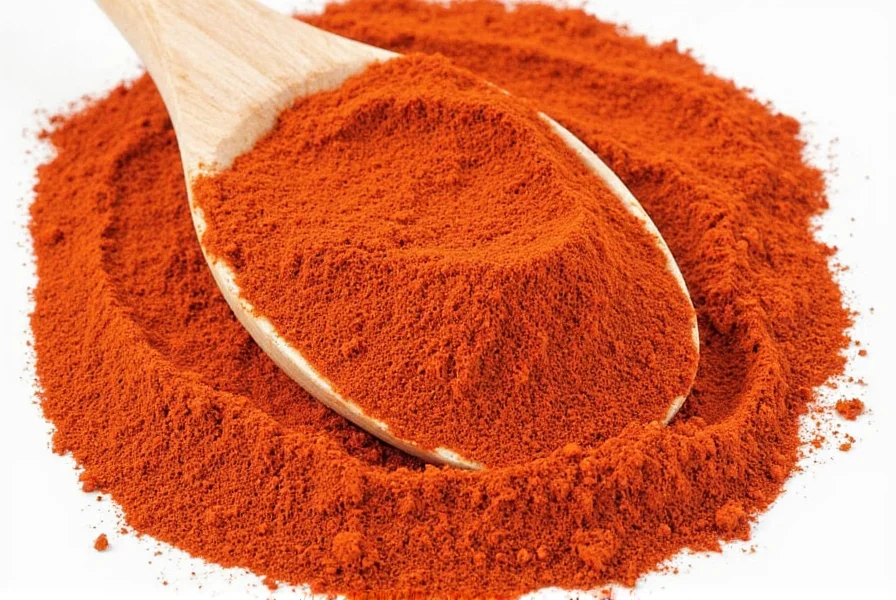
Frequently Asked Questions About Paprika
What are the main differences between the 7 types of paprika?
The main differences lie in flavor profile, origin, and heat level. Sweet paprika is mild and earthy, smoked paprika has a deep woody flavor from smoking process, hot paprika brings significant heat, Hungarian paprika is considered the gold standard with floral notes, capsicum powder tends to be spicier (common in India/Australia), American paprika focuses more on color than flavor, and rose paprika is extremely mild with delicate aroma.
Can I substitute one type of paprika for another in recipes?
Yes, but with caution. Sweet paprika can generally substitute for mild Hungarian paprika. For smoked paprika, you might try adding a tiny bit of liquid smoke to sweet paprika, though the result won't be identical. For hot paprika, you can mix sweet paprika with cayenne (¼ tsp cayenne to 1 tbsp sweet paprika). However, substitutions change the dish's character, so using the specified type is best when possible.
Why is Hungarian paprika considered superior by many chefs?
Hungarian paprika, particularly the "Édesnemes" or noble variety, is prized for its complex flavor profile that balances sweetness with subtle floral notes and rich color. Hungary's climate and soil conditions create ideal growing conditions for the specific pepper varieties used. Traditional Hungarian methods of drying and grinding also preserve more flavor compounds than industrial processes used elsewhere.
How can I tell if my paprika is fresh and high quality?
Fresh paprika should have a vibrant red-orange color (not dull or brownish). When opened, it should release a fragrant aroma immediately. You can test freshness by placing a small amount in your palm, adding a drop of water, and rubbing hands together - fresh paprika will stain your hands bright red. High-quality paprika contains only ground peppers with no additives.
What's the difference between paprika and chili powder?
While both come from ground peppers, paprika is made solely from ground peppers (sometimes mixed varieties), while chili powder is a blend of spices including paprika, cumin, garlic powder, and others. Paprika ranges from sweet to hot, while chili powder always has some heat. Paprika is primarily a color and flavor enhancer, while chili powder is a complete seasoning blend.
Can paprika be used in sweet dishes?
Absolutely! While uncommon in Western cuisine, sweet paprika actually complements chocolate beautifully (try a pinch in hot chocolate). In Hungarian cuisine, mild paprika is sometimes used in dough for traditional pastries. Rose paprika works well with fruits like strawberries in compotes or sauces. The key is using very small amounts to enhance rather than dominate.
Conclusion
So there you have it — the colorful, flavorful world of different kinds of paprika! From the sweet simplicity of American paprika to the robust, smoky richness of Spanish pimentón, there's a paprika for every palate and dish.
Now that you know how to choose, use, and store your favorite varieties, it's time to get creative. Dust a plate of creamy polenta, roast some fall vegetables, or fire up the grill and infuse everything with that signature paprika flair.
Whether you're cooking for a crowd or just treating yourself to something special, don't forget — a little paprika goes a long way in turning ordinary meals into extraordinary ones.

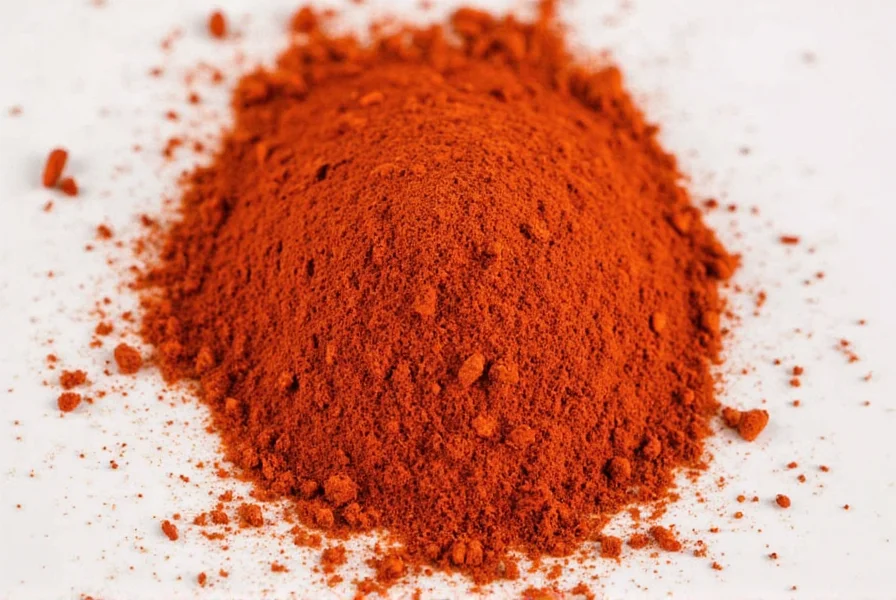









 浙公网安备
33010002000092号
浙公网安备
33010002000092号 浙B2-20120091-4
浙B2-20120091-4